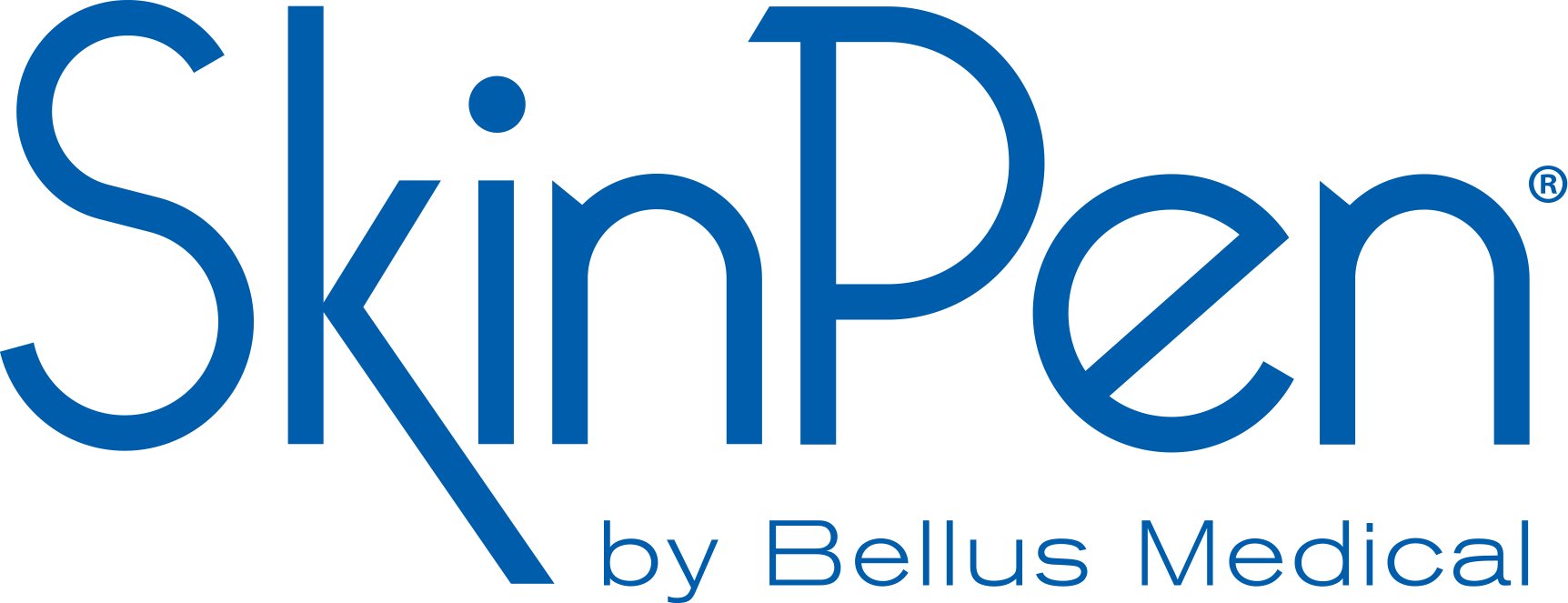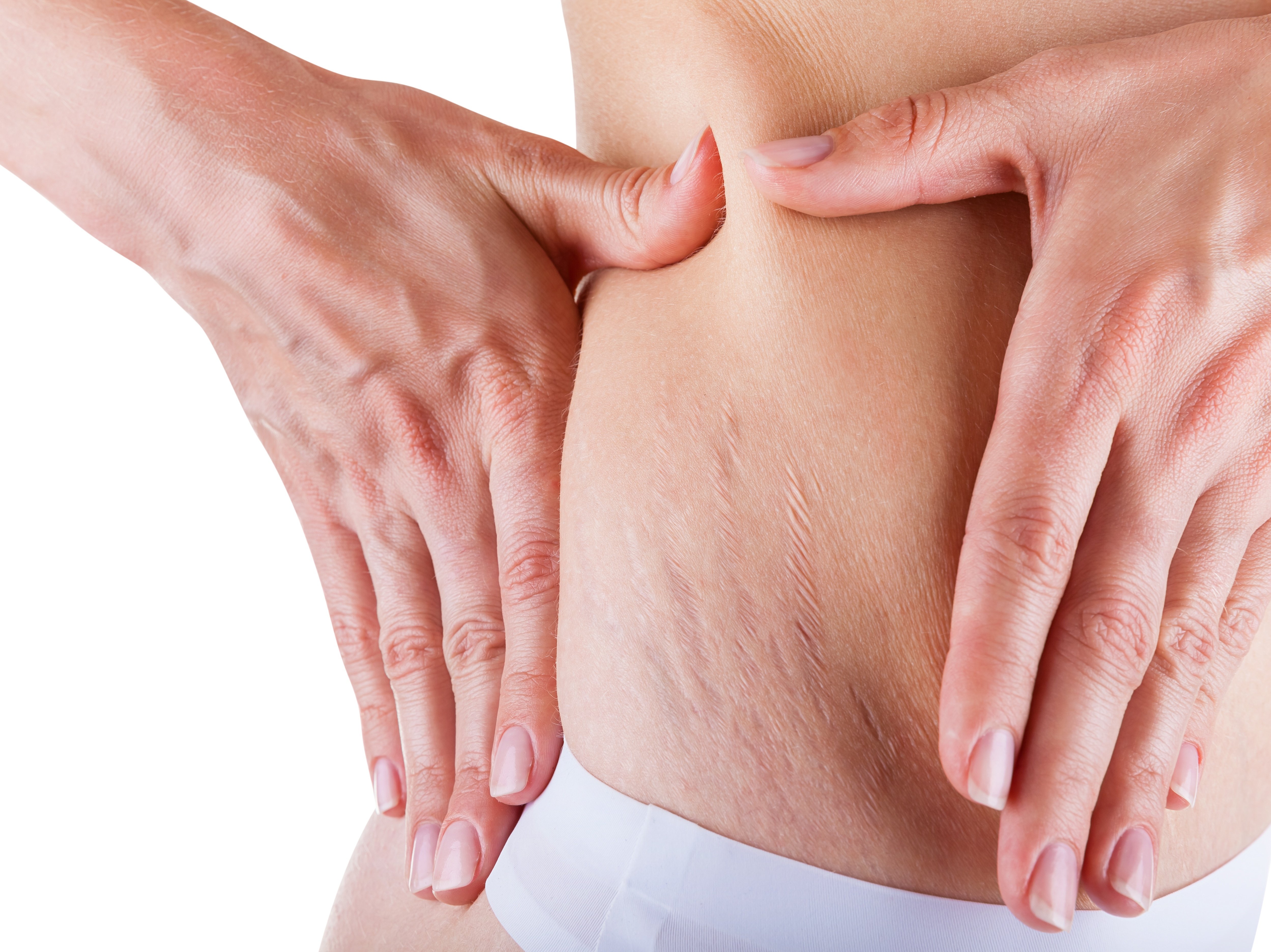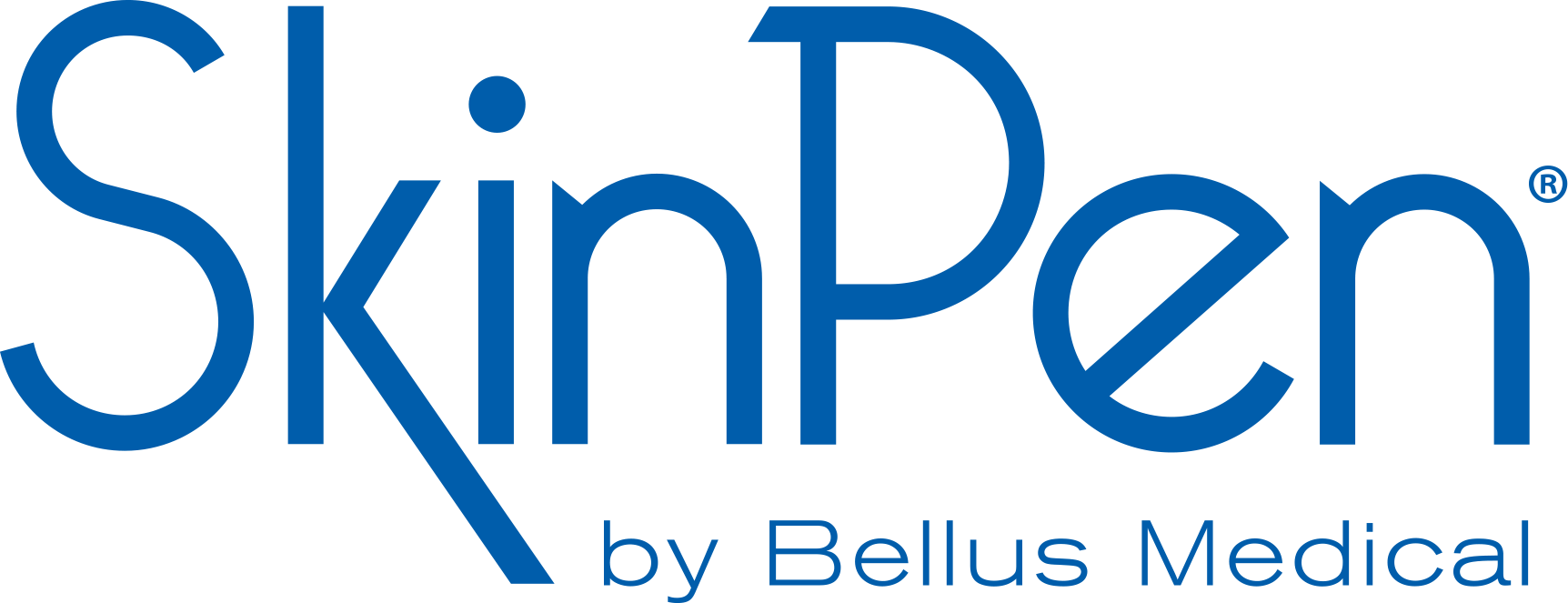 Stretch marks are so common, we all know what they look like. But what are stretch marks, really? And since they’re so common – and so frustrating for many men and women – is there any way to eliminate or reduce them?
Stretch marks are so common, we all know what they look like. But what are stretch marks, really? And since they’re so common – and so frustrating for many men and women – is there any way to eliminate or reduce them?
What are stretch marks?
Their official name is striae distensae. They are scars, the result of skin stretching beyond its capacity. When that happens, internal fibers and collagen tear. Even though we don’t feel stretch marks developing, they are injuries to our skin that begin from within instead of on the surface. The damage is deeper than it might appear, which is why stretch marks are considered one of the toughest skin conditions to treat.
Stretch marks are common because there are so many ways they can occur.
- More than 70% of pregnant women develop stretch marks on their abdomen or breasts.
- Many teens – both boys and girls – develop stretch marks due to growth spurts.
- Rapid weight gain often causes stretch marks.
- Over-ambitious muscle-building activities can cause stretch marks. The muscle grows so fast the skin cannot keep up.
- Some medical conditions or medications can make your body more susceptible to stretch marks.
There’s nothing painful or medically dangerous about stretch marks, but many of us really dislike the way they look. That’s especially true if they’re located where others may see them. They may fade over time, but they do not disappear on their own. Frustrating? Yes. But not hopeless.
Is there anything you can do?
The first thing to know is that over-the-counter and home remedies do not work. A few might seem to provide slight improvement. And creams, oils and ointments certainly feel good as you massage them into your skin. But the value stops there. So disregard all the online hype and listen to bona fide medical experts, instead.
Happily, there are some procedures offered by dermatologists, cosmetic surgeons, and qualified clinicians that can, in fact, reduce the appearance of stretch marks:
- Laser therapy, especially intense pulsed light (IPL) and pulsed dye laser (PDL), have been proven to help improve stretch marks.
- Trichloroacetic acid (TCA) chemical peels can also be effective, but this is a more drastic, painful option.
- Micro needling is the newest – and for many patients, the best procedure. Used with a SkinPen® device, it is minimally-invasive, virtually painless, fast, and requires no downtime. Unlike lasers, micro needling is safe and effective for every skin color and type.
This is not to say your stretch marks will entirely disappear. But for men and women who are self-conscious about these marks, treatment can make a real difference.
So what are stretch marks? They’re a common skin condition that may or may not bother you. The good news is that you do have options if you are bothered enough to seek treatment. The best way to know if micro needling or another option is right for you is to schedule a personal consultation with an experienced provider.



